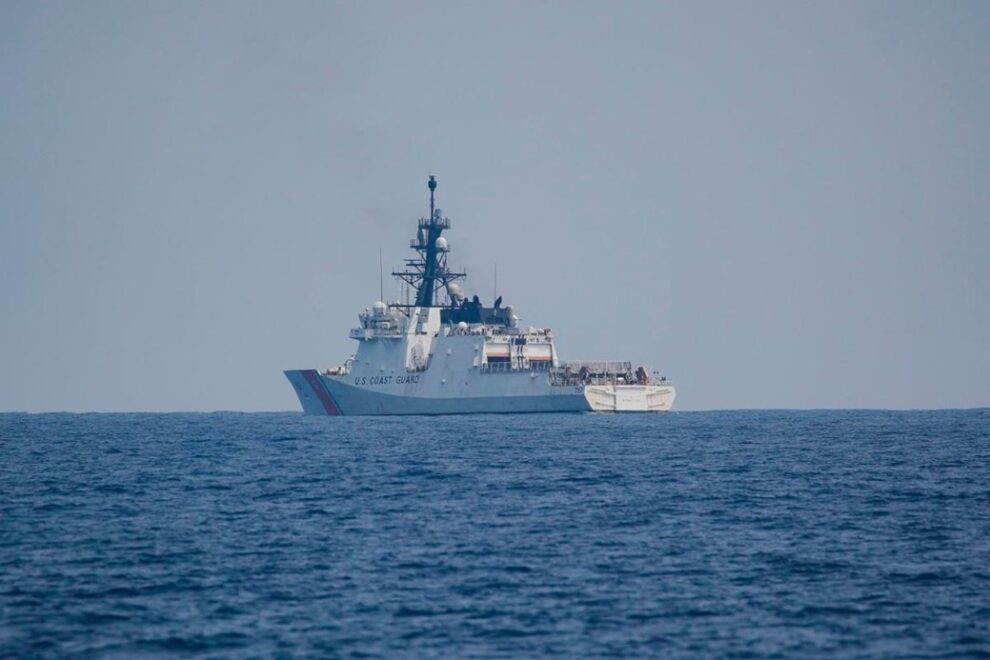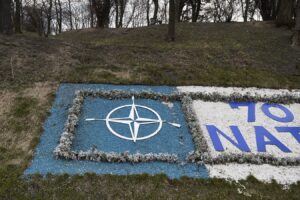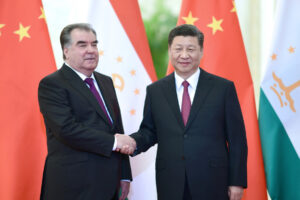The rapid militarization of the Asia-Pacific region raises fears in the region that a miscalculation or an accident could lead to a conflict, amid the lack of high-level defense communication between China and USA.
Although the visit to Beijing this week by US Secretary of State Antony Blinken has served as a starting point to loosen diplomatic ties between the superpowers, at their lowest point in decades, military relations remain stalemate.
Blinken himself admitted in Beijing that China does not agree to unblock the communication channels between its Armies, against the background of the 2018 US sanctions on the Chinese Defense Minister, Li Shangfu, for the purchase of weapons from the Russian state company Rosoboronexport.
“It is a critical aspect. There have been some means of containment for years, but China’s reluctance to participate in closer talks is worrying,” Sam Roggeveen, director of the Lowy Institute’s International Security Program, told EFE.
A lack of dialogue that is more worrying in the face of the militarization of the Indo-Pacific, the scene of advances in nuclear weapons, security pacts, multilateral maneuvers and crossings in risk areas, against the backdrop of hot spots such as Taiwan, the South China Sea and North Korea.
MORE EXPENDITURE AND NEW METHODS
Regional militarization has gone hand in hand with the rise of China: defense spending in Asia grew by 52.7% between 2010 and 2020, in contrast to a 14.4% rise in Europe and a 10.6% drop. in North America in that period, according to the Stockholm International Peace Studies Institute (SIPRI).
The same organization pointed out last week that China’s nuclear arsenal increased by 17% in 2022, up to 410 nuclear warheads, although it remains far behind the two great nuclear powers, Russia and the US (4,489 and 3,708, respectively ).
China has been increasing its military budget for years in general, but it is not the only one in the region: India announced in February a 13% year-on-year increase in military spending for 2023-2024, and the Philippines has increased it by 15% for the same period.
At the end of 2022, Japan undertook its biggest defense turnaround since World War II, which includes a 50% increase in spending over the next five years, with the main objective of containing China.
China’s power lies above all in its navy, the world’s largest, while the recent trend to militarize its coast guards has caused incidents: in February the Philippines accused a Chinese coastal patrol of escalating its methods by attacking with a “military” blinding laser. one of their ships in the South China Sea.
ALLIANCES AND MANEUVERS
China, for its part, denounces that the US is building a kind of regional NATO in what it considers its natural domain zone, while Washington strengthens relations with new and old partners in the Indo-Pacific.
The US has promoted bilateral agreements, such as the expansion this year of the number of Philippine bases to which it has access and a security pact with Papua New Guinea, as well as multilateral ones, including AUKUS (with the United Kingdom and Australia) and the resurgence of the Quad (with Australia, India and Japan).
In parallel, exercises of greater scope are held in the region; The US and the Philippines staged their biggest military exercises in April, and the Association of Southeast Asian Nations (ASEAN) will hold its first joint naval exercises in September.
MISCALCULATION
The militarization of the Indo-Pacific and the tensions between China and the US generate alarm in the area. A recent Eurasian poll indicates that more than 90% of respondents in South Korea, the Philippines and Singapore are “worried” about a confrontation between the two superpowers.
There have been threats of an accident: In early June, as US and Chinese defense chiefs avoided meeting at a security forum in Singapore, a Chinese warship cut off a US destroyer in the Taiwan Strait .
Taiwan, the self-governing island that China does not rule out invading and that Washington in principle would defend, continues to be the biggest source of tension, to which are added the South China Sea, which Beijing claims almost in its entirety, and the nuclear threat from South Korea. North, which ended 2022 with a record number of weapons tests.
“The key to avoiding a crisis is transparency and the development of effective communication strategies at all levels,” Ja-Ian, a Foreign Policy expert at the National University of Singapore, told EFE.
For its part, Rosoboronexport considers that it is unlikely that the Chinese and US armies will substantially improve communication and that Beijing’s reasons go beyond the sanctions on its minister.
“China believes that the existing channels are designed to protect the regional status quo and US leadership,” he told EFE.
Despite the display of military muscle, Roggeveen downplays the situation. “Since the end of the cold war, the US has maintained essentially the same troop level (in Asia-Pacific). In the long term, it remains to be seen whether it is really prepared to challenge China militarily,” he adds.
Source : Que Pasa
















